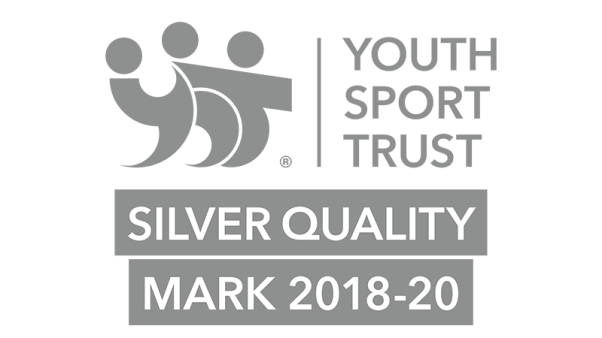Pupil Premium
What is Pupil Premium Funding?
Pupil Premium is an amount of money allocated to disadvantaged children in order to close the achievement gap.
The government believes that the Pupil Premium, which is additional to main school funding, is the best way to address the inequalities between children eligible for free school meals (FSM), looked after children & service children and other pupils. Three categories of pupils are eligible:
- Pupils recorded as ‘ever 6 FSM’ (pupils who are or have been eligible for FSM at any point during their 6 years of Primary school education).
- Looked after children and those children who have been adopted from care.
- Children of Service staff.
Pupils who are eligible for the pupil premium need to be aged 4 and over up to year 11 in a maintained school. The proportion of children eligible at Earlsmead Primary is currently 29%. This figure has risen considerably over the last academic year.
For the 2024/2025 academic year, the rates for Pupil Premium will increase by between 1.4 and 1.7%.
Schools are free to spend the Pupil Premium as they feel is appropriate. However, all schools will be held accountable for how they have used additional funding to support pupils from low-income families and in care. The schools must report and publicise annually how the money has been spent and what the impact has been made on the achievements of the pupils.
Suggestions for how the grant is used:
Teaching
-
Schools arrange training and professional development for all their staff to improve the impact of teaching and learning for pupils.
Academic Support
- Schools should decide on the main issues stopping their pupils from succeeding at school and use the pupil premium to buy extra help.
- Interventions.
Wider Approaches
This may include non-academic use of the pupil premium such as:
-
School breakfast clubs.
-
After school clubs.
-
Help with the cost of educational trips or visits, including residential and transport.
-
Therapies.
Schools may find using the pupil premium in this way helps to:
-
Increase pupils’ confidence and resilience.
-
Encourage pupils to be more aspirational.
-
Benefit non-eligible pupils.
Accountability
Schools must be transparent about how you spend your pupil premium so:
-
Parents, guardians can understand your pupil premium strategy, this is done through the annual strategy document and impact statement.
-
Governing bodies can see evidence-based practice so they can consider the rationale behind all pupil premium-related decisions.
How do we use our Pupil Premium funding?
Pupil Premium is used to make a contribution to the cost of interventions which support those particular pupils to help diminish the differences in their learning compared to that of their peers, or support their social and emotional needs and generally help them achieve their potential and be successful learners. This may involve support from a teacher or teaching assistant on an individual or small group basis, coaching/mentoring, SENCo intervention and/or help with the payment of school trips to ensure equal access. We cross-check our strategies and approaches for Pupil Premium spending with impact research from the Education Endowment Foundation (EEF) and other sources of empirical research.
How do we measure the impact of the money spent?
Frequent use of assessment data checks the effectiveness of interventions, providing us with evidence of impact. Interventions are adapted on a regular basis in accordance with the impact they are having on individual pupils. All teachers take responsibility for the progress of the Pupil Premium children within their classes. Performance management of staff and pupil progress meetings include discussions about these children.









